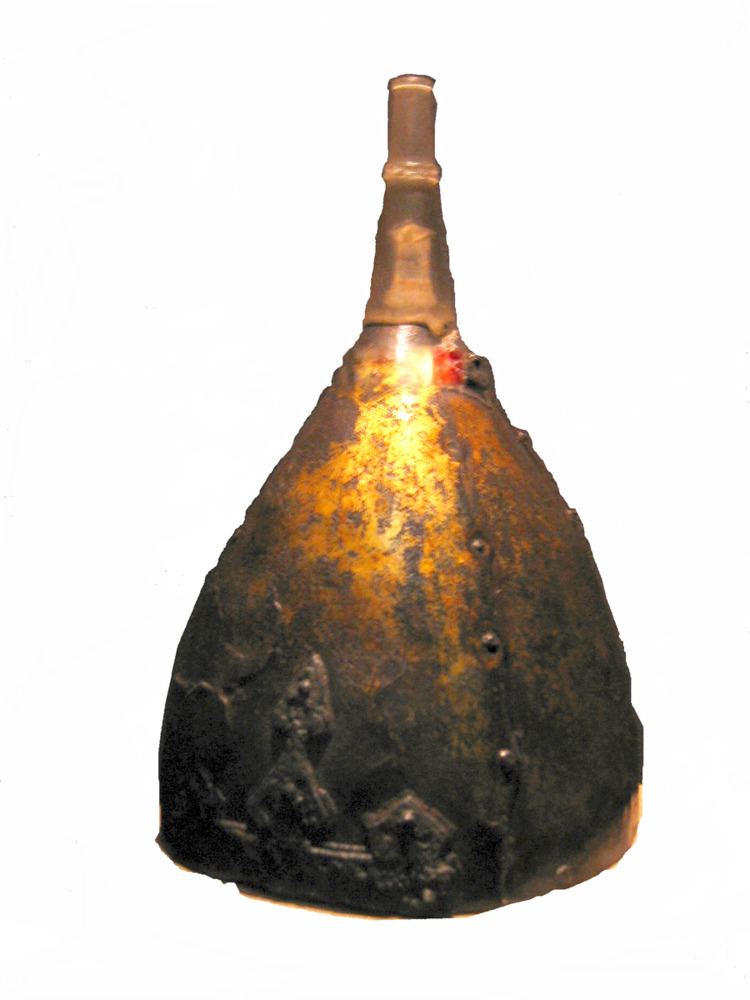 | ||
The Polish Army (Polish: Wojsko Polskie) is the name applied to the military forces of Poland. The name has been in use since the early 19th century, although it can be used to refer to earlier formations as well. Polish Armed Forces consist of the Army (Wojsko Lądowe), Navy (Marynarka) and Air Force (Lotnictwo) branches and are under the command of the Ministry of National Defense (Ministerstwo Obrony Narodowej).
Contents
Kingdom of Poland
The first Polish Army was created in the 10th century kingdom of Poland, under the Piast dynasty. The prince's forces were composed of a group of armed men, usually mounted, named drużyna. Their key role was the protection of the monarch and supporting the taxation effort. Their organisation was similar to other such armed units of other Slavic rulers, and were often of foreign origin.
With time, the early tribal warriors gave rise to knights and eventually, by the 15th century, the whole social class of the szlachta or Polish gentry. The Polish gentry formed a distinct element within the ancient tribal groupings. This is uncertain, however, as there is little documentation on the early history of Poland, or of the movements of the Slavonic people into what became the territory so designated.
Around the 14th century, there was little difference between those called knights and those referred to as szlachta in Poland. Members of the szlachta had the personal obligation to defend the country (pospolite ruszenie), and thereby became the kingdom's privileged social class. It was them who were obliged to build and support castles as well as to keep peace and order on territory they were assigned.
Polish-Lithuanian Commonwealth (First Polish Republic)
Commonwealth armies were commanded by four hetmans. The armies comprised:
Some units of the Commonwealth used fairly unusual tactics. These units included:
Army without country
After partitions of Poland, during the period from 1795 until 1918, Polish military was recreated several times in Poland during uprisings like the November Uprising of 1830 and the January Uprising in 1863, and outside Poland like during Napoleon Bonaparte wars (Polish Legions in Italy). The Kingdom of Poland, ruled by the Russian Tsar with a certain degree of autonomy, had a separate Polish army in the years 1815-1830 which was disbanded after the unsuccessful insurrection.
Large numbers of Poles also served in the armies of the partitioning powers, Russia, Austria-Hungary (before 1867 Austria) and Germany (before 1871 Prussia). However, these powers took care to spread Polish soldiers all over their armies and as a rule did not form predominantly Polish units.
During World War I, the Polish Legions were set up in Galicia, the southern part of Poland under Austrian occupation. They were both disbanded after the Central Powers failed to provide guarantees of Polish independence after the war. General Józef Haller, the commander of the Second Brigade of the Polish Legion, switched sides in late 1917, and via Murmansk took part of his troops to France, where he created the Blue Army. It was joined by several thousand Polish volunteers from the United States. It fought valiantly on the French front in 1917 and 1918.
Second Polish Republic
When Poland regained independence in 1918, it recreated its military which participated in the Polish-Soviet War of 1919-1922 and in the Second World War 1939-1945. During the German occupation of Poland, a number of resistance movements were created, of which the Armia Krajowa (Home Army) was most significant.
People's Republic of Poland
The Polish armed forces, then known as Polish People's Army, were part of the Soviet-controlled Warsaw Pact. Polish units took part in occupying Czechoslovakia in response to the Prague Spring in 1968. The command post for the invasion was actually located on Polish soil, at Marshal Ivan Yakubovsky's Legnica headquarters.
Third Polish Republic
After January 1990 the name of the armed forces was changed to 'Armed Forces of the Republic of Poland,' to accord with the Polish State's new official name.
In March 2003 the Polish Armed Forces took part in the 2003 invasion of Iraq, deploying 1500 personnel, special forces and a support ship (see Polish involvement in the 2003 invasion of Iraq).
Following the destruction of Saddam's regime the Polish Land Forces supplied a brigade and a division headquarters for the 17-nation Multinational Division Central-South, part of the U.S.-led Multi-National Force Iraq. At its peak Poland had 2,500 soldiers in the south of the country. Poland deployed about ten attack and transport helicopters as part of its force in Iraq between 2004 and 2008.
The troop number was reduced to 900 in 2006. Of the 900 soldiers, only 80 ever left their Forward operating base to conduct operations.
